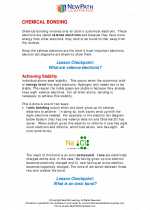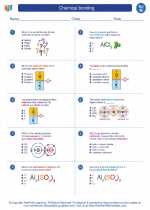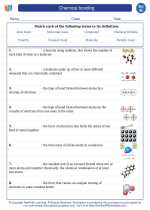Understanding Stormy Weather
Stormy weather refers to atmospheric conditions that are characterized by strong winds, heavy rainfall, thunder, lightning, and possibly hail. These conditions are typically associated with thunderstorms, hurricanes, and tornadoes.
Causes of Stormy Weather
Stormy weather is primarily caused by the interaction of different air masses with varying temperature, humidity, and pressure. When warm, moist air rises and meets cooler, drier air, it can lead to the formation of clouds, thunderstorms, and other severe weather phenomena.
Types of Stormy Weather
There are several types of stormy weather, including:
- Thunderstorms: These are characterized by thunder, lightning, heavy rain, and sometimes hail. They can occur as isolated events or as part of a larger weather system.
- Hurricanes: These powerful tropical storms are characterized by high winds, heavy rain, and storm surges. They form over warm ocean waters and can cause widespread destruction.
- Tornadoes: These are highly localized, rotating columns of air that extend from a thunderstorm to the ground. They are often accompanied by strong winds and can cause significant damage.
Impacts of Stormy Weather
Stormy weather can have significant impacts on human activities, infrastructure, and the environment. These impacts may include:
- Property damage from strong winds, flooding, and flying debris
- Disruption of transportation and communication systems
- Power outages due to downed power lines and damaged infrastructure
- Loss of life and injuries
- Damage to crops and natural habitats
Staying Safe During Stormy Weather
It's important to take precautions and stay informed when facing stormy weather. Some safety tips include:
- Seeking shelter indoors during thunderstorms and avoiding open areas
- Following evacuation orders during hurricanes and securing loose objects
- Having a plan in place for tornadoes, including seeking shelter in a designated safe area
- Staying informed about weather forecasts and warnings through reliable sources
Study Guide
To better understand stormy weather, consider the following study guide questions:
- What are the primary causes of stormy weather?
- How do thunderstorms differ from hurricanes and tornadoes?
- What are some of the impacts of stormy weather on society and the environment?
- What safety measures should individuals take when facing stormy weather?
- How can technology and meteorological tools help in predicting and monitoring stormy weather?
By exploring these questions and further researching the topic, you can gain a deeper understanding of stormy weather and its effects.
.◂Science Worksheets and Study Guides Eighth Grade. Chemical bonding

 Worksheet/Answer key
Worksheet/Answer key
 Worksheet/Answer key
Worksheet/Answer key
 Worksheet/Answer key
Worksheet/Answer key
 Vocabulary/Answer key
Vocabulary/Answer key
